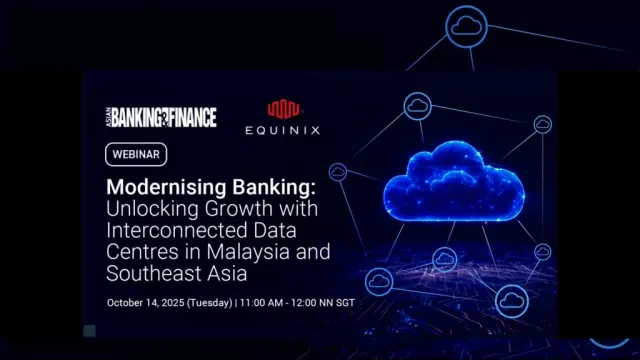Join the community
Thought Leadership Centre
Most Read
1. Finance leaders flag governance risks with fast growing fintech systems 2. Why AI governance is a key priority for financial institutions 3. Foreign institutions pursue market entry as Japan strengthens fintech rules 4. Payment leaders push for interoperability to solve SME cash flow 5. UOB CEO calls for banks, fintechs, regulators to align on AI standards and trustResource Center
Awards
Jul
02
Events
Event News
Asian Banking & Finance Retail Banking Awards 2025 Winner: Carlo Mariano and Ivy Uy of East West Banking Corporation
Carlo Mariano of East West Banking Corporation shares how EWBC’s regulatory solution ensures compliance while putting customers first.

 Advertise
Advertise



















Commentary
Top 5 GDPR Challenges for Financial Institutions
Top 5 GDPR Challenges for Financial Institutions
Asia to lead the 21st century through financial inclusion and data-driven banking
An Asia perspective: A bank branch for the digital age
The IBOR transition: A certainty, not a choice
Riding the waves of opportunities: Asia to spur infrastructure growth
How to approach open APIs: Threats and oppotunities
Time for Hong Kong to embrace higher rates, and perhaps lower asset prices
Time to go back to basics for the Australian banking industry
The future of financial crime compliance
Why risks remain for Asia's top banks
Pricing, discounting, and negotiation to maximise profitability
How banks can prepare for the worst
Goodbye deleveraging: Fiscal and monetary expansion to support growth in China
Paths to overcoming the trap: Digital transformation as an opportunity
Human-machine collaboration could be a big boon for financial firms, if only they fully embrace it
Alternative payment providers position for growth in Indonesia
Open API is just the beginning